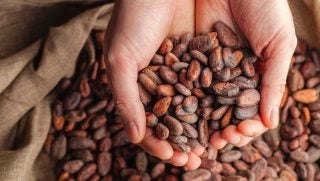According to the World Health Organization, more than 40 countries have reported the deadly virus either in wild or domestic pigs during the past five years. President Donald Trump signed legislation this week that will increase protection of the U.S. pork industry from the threat of African swine fever.
The National Pork Producers Council released a statement thanking Trump for signing into law on Tuesday legislation (S. 2107) that authorizes funding for 720 new agricultural inspectors at land, air, and sea ports to prevent African swine fever and other foreign animal diseases from entering the United States. Providing additional agricultural inspectors represents a top priority for NPPC.
“Ensuring we have enough agricultural inspectors at our borders is critical to maintaining a healthy U.S. swine herd,” said NPPC President David Herring, a hog farmer from Lillington, North Carolina. “The U.S. Department of Agriculture and the Bureau of Customs and Border Protection have done much to mitigate the risk to animal disease. Bolstered by this legislation, even more resources will be available to strengthen biosecurity at our borders. This is a victory for farmers, consumers and the American economy,” he said.
The new legislation expands inspections and authorizes 600 new agricultural technicians and 60 new agricultural canine teams.
The most likely path for a foreign animal disease to enter the country would be through the illegal transport of contaminated products. An outbreak of certain FADs would immediately close U.S. pork export markets, causing significant damage to farmers and consumers. NPPC continues to advocate for other FAD preparedness measures, including quickly establishing a U.S. Foot-and-Mouth Disease vaccine bank as provided for in the 2018 Farm Bill. The United States does not currently have access to enough vaccine to quickly contain and eradicate an FMD outbreak.


